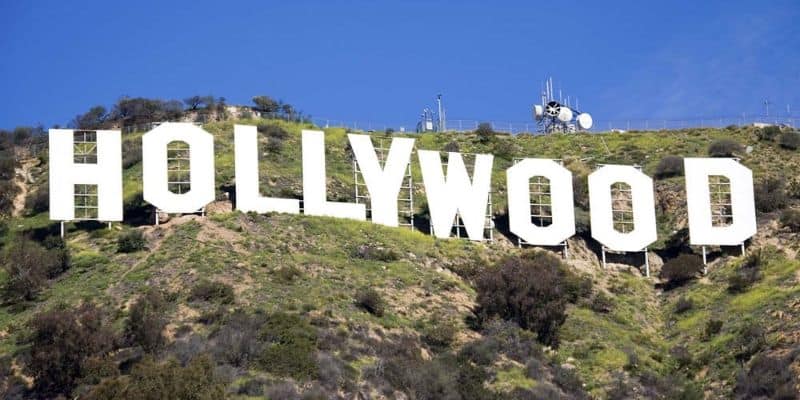Top 8 Brand Building Lessons from Hollywood

In the Quentin Tarantino movie, Once Upon a Time in Hollywood, Trudi Fraser asks Rick Dalton what the story is in the book he is reading. He gruffly responds that he hasn’t finished it yet. Trudi replies, “I didn’t ask for the whole story. What is the idea of the story?” This simple exchange captures the essence of what it means to define your brand. Your customers, not unlike Trudi, just want the idea – not the whole story. At least, to start. While it is easy to go off script, there are lessons that any brand can benefit from by looking at how Hollywood makes a first impression.
Learn More: Monigle Perspective: Move-Worthy Brands of 2019
The innocent interaction between these two characters exposes a frayed end of much bigger story line; However, it is about 30-minutes prior to this exchange that the art and science of brand essence makes its debut – the opening credits. In less than two minutes you are transported to a time, place, feeling, and mindset that sets the stage for the story that follows. This is not accidental. It is precise and intentional. Almost magical. It’s a sophisticated blend of a handful of expressive ingredients – music, fonts, cloths, cars, and color – that come together in a way that leaves no doubt, you are going for a ride.

Today there are agencies and production houses that specialize in creating the perfect opening for Hollywood’s biggest movies and television series. Getting to the idea is a specialized craft that requires intimate knowledge of the story. It’s hard to do well. Dive too deep and you may be expecting too much from your audience. Fly too high and you squander an opportunity to move people. Miss the mark and it comes off as contrived, misguided, or unauthentic. With millions of dollars at stake, this is not something you leave to chance. You must nail it. That’s why many rely on outside experts to capture the essence of the story they want to tell.
Learn More: Why is there so much confusion between Advertising and Branding?
When it’s done well, you know it. I challenge you to watch the opening credits for the HBO series Succession and be left unmoved. How does the theme song make you feel? Do you think the grainy childhood film is needless filler? Is the detachment of the parents palatable? Is the dad wondering off in the background intentional? I just finished season two and I refuse to skip the intro. It puts me in the right mindset. I am ready for some shit to go down.
If you take a critical look at the first few moments of your next movie adventure, you are bound to learn something that you can apply, or avoid, when it comes to capturing the essence of your brand. To get you started, here are the top 8 Hollywood brand building themes that bubble to the top for me:
Brand building themes from Hollywood
Be true
You must know who you are and what you stand for if you expect to be able to convey your idea in simple terms
Be relevant
You must figure out how your “truth” translates to a unique and ownable space that resonate with each person you are looking to connect with
Be brief
If it takes more than two minutes to share your idea, that’s too long
Be authentic
A manufactured idea only falls apart if the experience that follows does not pay it off
Be meticulous
The smallest elements – fonts, colors, imagery, music, messages – serve to bolster (or dilute) your story; everything needs to be intentional to work together
Be selective
Don’t try to say everything at once; your brand sets that stage for the conversation that follows
Be human
You must connect with people on a human level to move them
Be open
Don’t be afraid to seek help; outside expertise can be invaluable in getting to the right answer for your brand
Who says you can’t get the best life (or in this case, brand) lessons straight from Hollywood? We are always eager to engage and find out how our thinking and observations are resonating. Does this list resonate with you? What do you think is missing? Engage with us here or on any of our social media channels.



